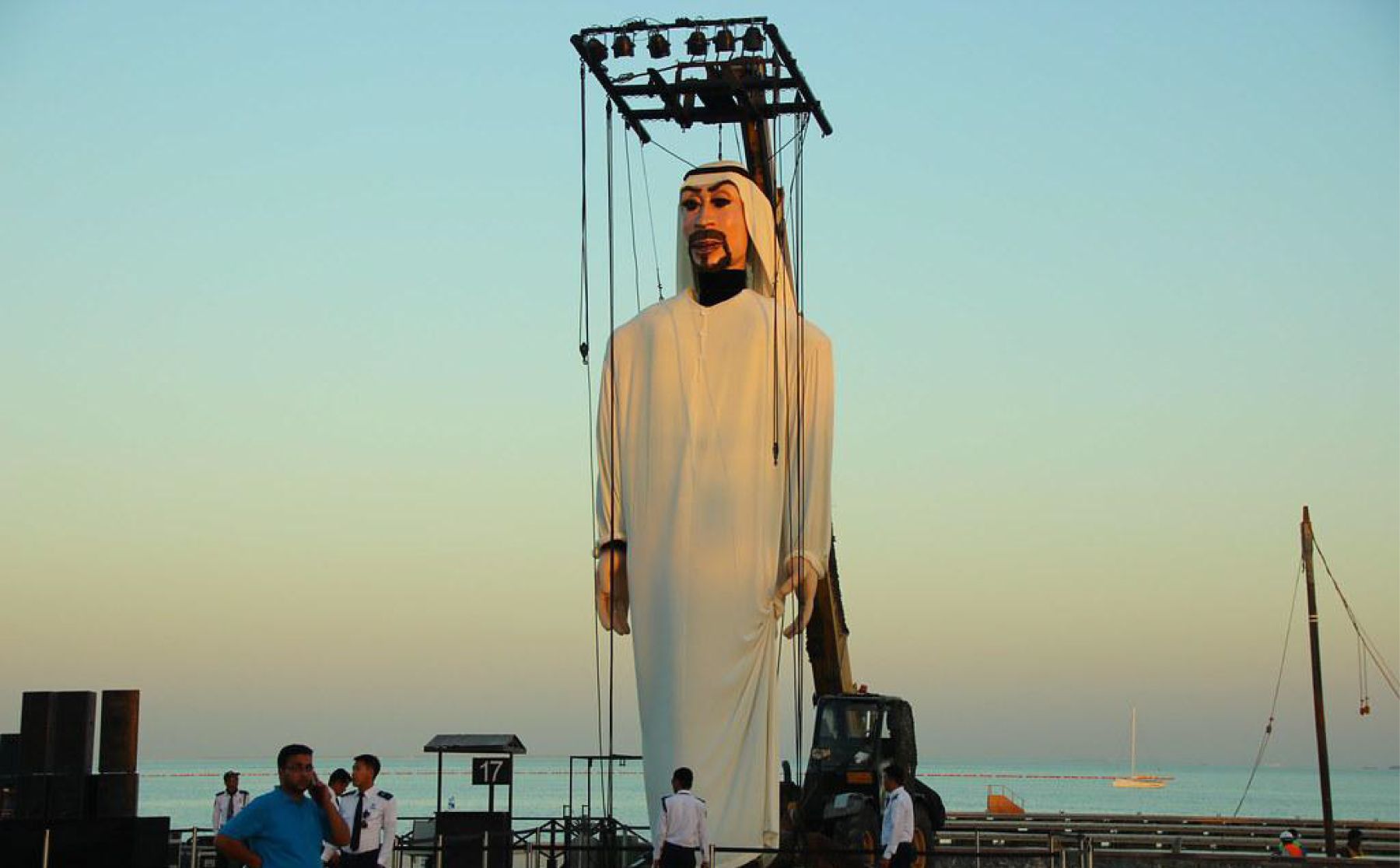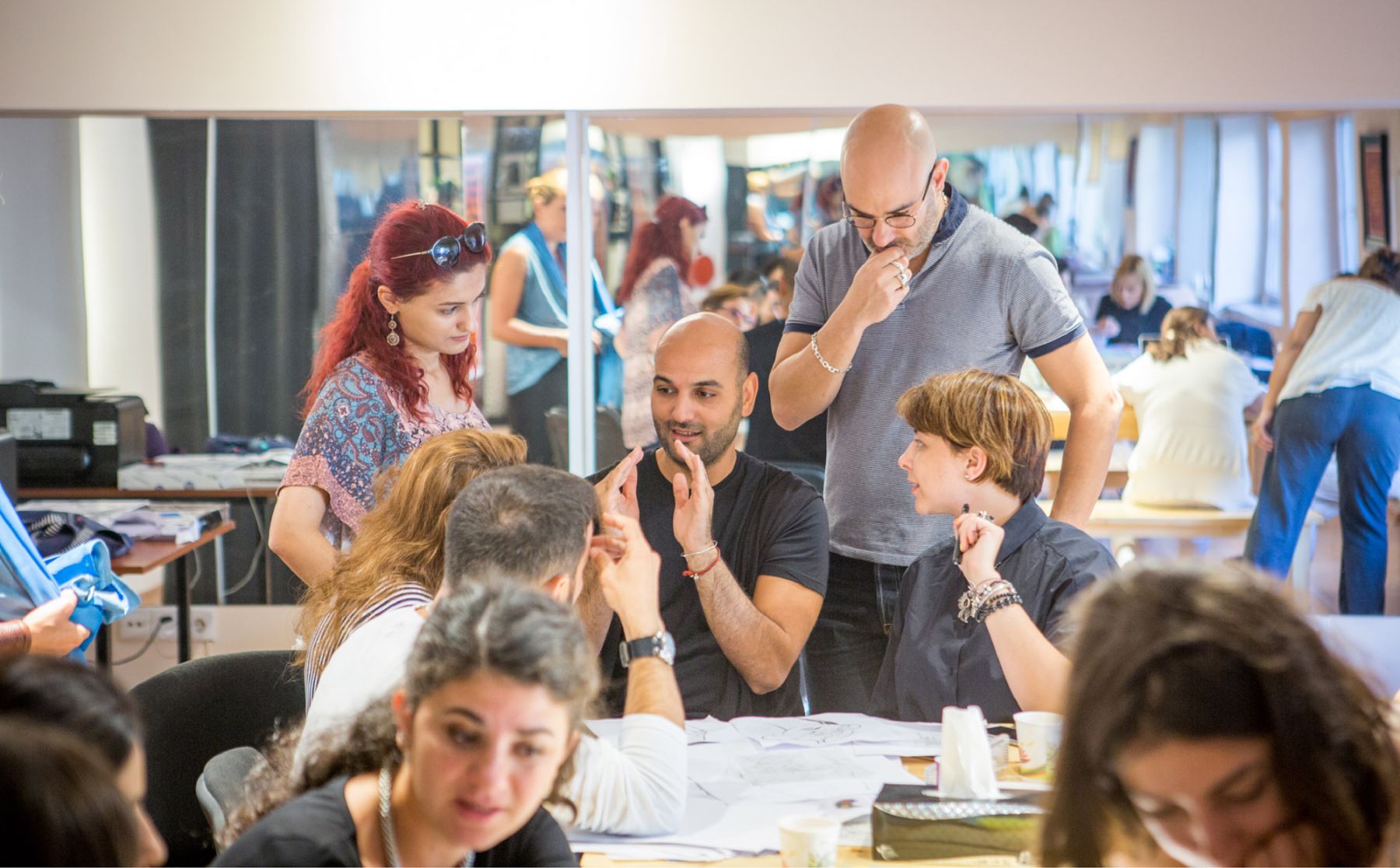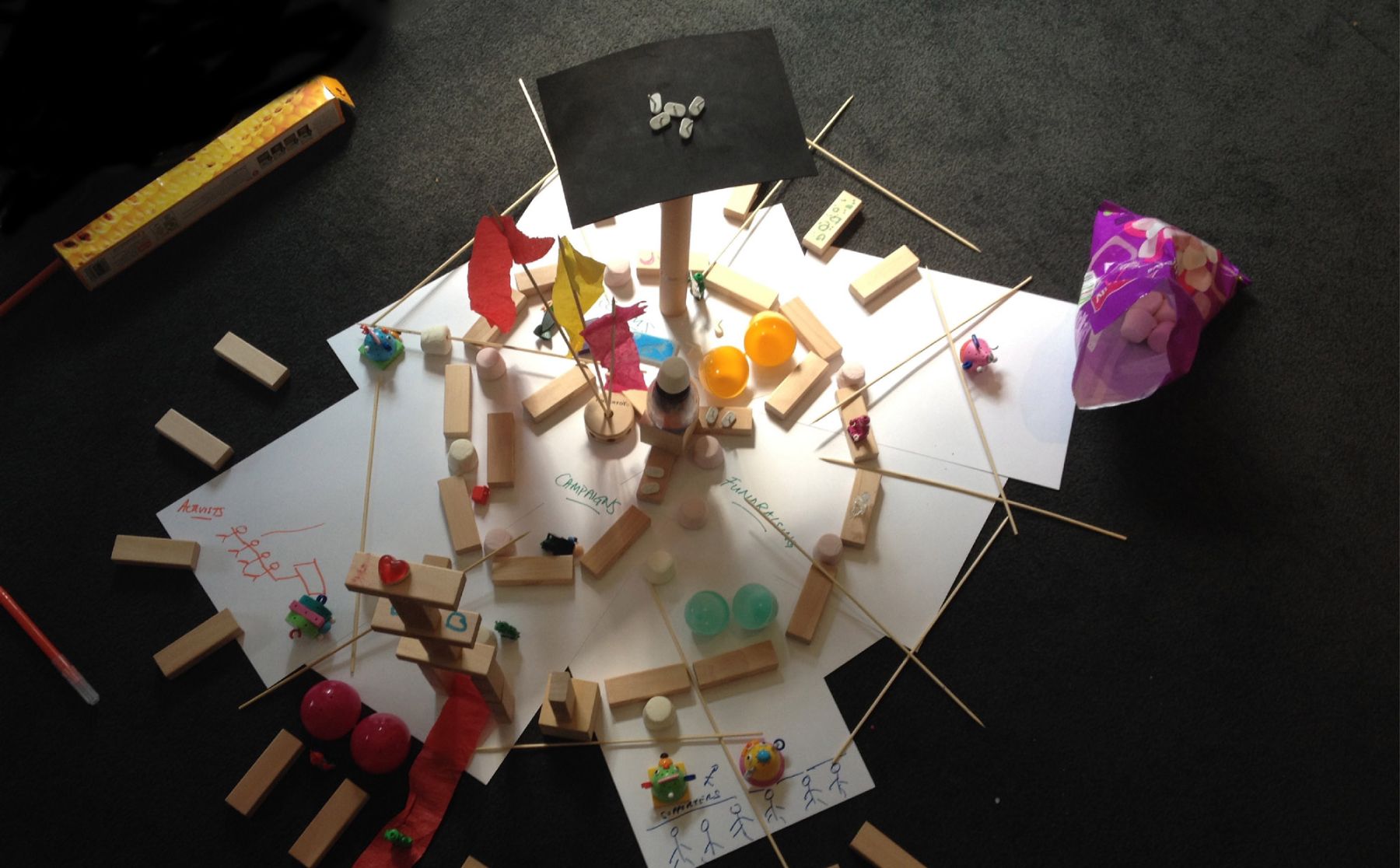The Saudi Thobe… An ongoing story
People, around the world and regardless of geographical location, wear different clothes to protect themselves from the cold and the sun, and to express themselves, their personal taste and character.
With everyone having their own personal preference, different cultural, economic, and environmental factors affect what people might choose to wear, including the colors, materials and designs, to the point you can often be quite sure of a person’s origins just by seeing what they are wearing.
The inhabitants of the Arab Region are no exception, as Arabs have always chosen clothes that echo their environment. Despite the religious and social similarities among Arabs in the MENA region, the people of the Arabian Peninsula have long been distinguished by their own traditional outfits, which have evolved organically from the harsh nature of the desert. Although fundamentally simple, these costumes have remained the most suitable for the region’s climate and have become one of the world’s most recognizable styles of dress.
How did the thobe evolve into its known current form?
A piece of cloth that covers the body and protects it from the scorching sun and sandstorms, and then provides a bit of warmth in the winter: this is what any person who lives on the Arabian Peninsula needs. Because of the harsh environment and what people have had to endure to survive, simple clothing coupled with a head cover or turban and a headband, have been a commonsensical and intelligent adaptation to this natural environment.
The origins of the traditional Arabian costume go back to the pre-Islamic era. It is said that the shemagh (head cover) first appeared in images of the priests of ancient Sumer. Some cuneiform Sumerian dictionaries indicate that the origin of the word is “ash makh,” meaning “great head cover.” These were said to include red inscriptions resembling wheat ears that symbolize benevolence and bestowal, or, possibly, fish fins. The latter is mentioned in ancient Iraqi myths which say they were incorporated into the fabric to “expel sinister spirits and thoughts” from the wearer’s head.
The white ghutra might relate back to a turban. It is only lowered to cover as much of the head and face as possible to protect from storms and the heat of the sun. To fix it on the wearer’s head, an iqal (headband) is used, which is a thick rope made of sheep wool. According to historian Haydar Al-Nasser, the root of the word iqal in Arabic is “aqil” which means to tie something to prevent it from being lost, as mentioned in the Hadith of the Prophet (Peace Be Upon Him): “Tie your camel and put your trust in Allah.”
The Saudi National Costume
Throughout the years after the unification of the Arabian Peninsula by HM King Abdulaziz, a basic garment with the ghutra or shemagh became an expression of the Saudi national identity. White clothes were chosen to reflect the rays of the sun, and the way the garment is designed ensures air circulation around the body which reduces heat buildup. Breathable cotton was favored as a material and it has become the well-known white thobe which is worn daily throughout the Kingdom.
With different regions, seasons and occasions, we find slight changes to the costume and its accessories, as Saudis tend to choose brown and navy colors in winter in addition to resorting to heavier fabrics such as wool. Some also wear the jebba, a long garment worn over a shirt, or the sedairi, a warm vest made of broadcloth. In the south, a dagger is added to the middle belt, to express masculinity and courage. High-ranking officials wear a bisht, or mashlah, on official occasions, in light colors during the day and dark at night.
As is always the case with the ever-on-the-move fashion industry, attempts have emerged recently to "modernize" the Saudi national costume. Designers have introduced new details of traditional clothing, such as embroidery, or using Arabic calligraphy as decoration, and playing with fabrics and trim styles. This has been widely accepted by young people, many of whom see it as an extension and celebration of Saudi traditions, while others reject the practice under the pretext of protecting Saudi identity and preserving the traditional Saudi costume.
Whatever the case, our traditional costumes are an expression of unity among the Saudi people. And through threads of memory and love, they link us to our homeland, our families, Saudi culture and to each other. These are lifelong ties that we would never leave behind.









